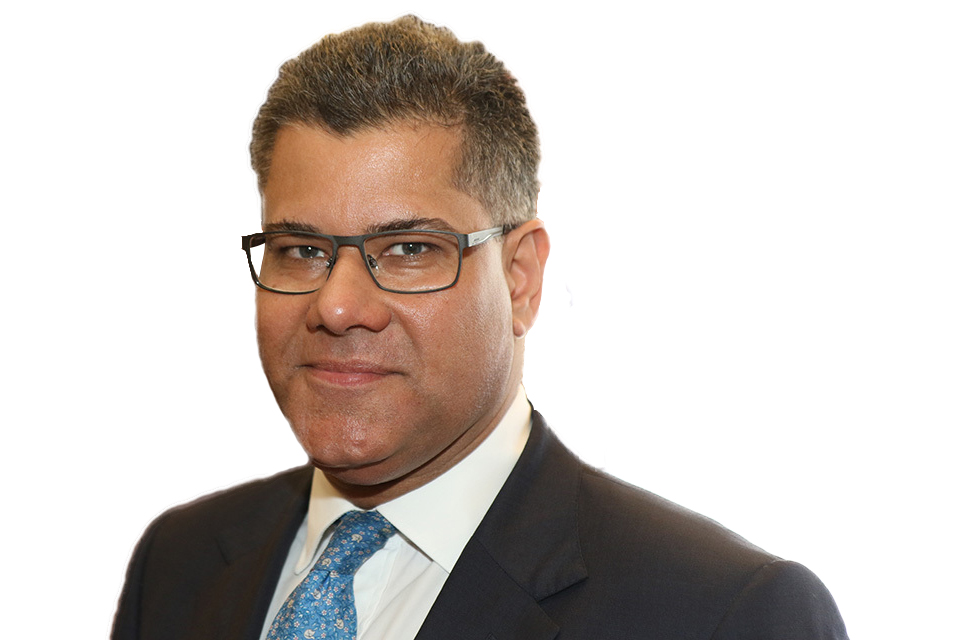Seema Malhotra – 2016 Parliamentary Question to the HM Treasury
The below Parliamentary question was asked by Seema Malhotra on 2016-01-26.
To ask Mr Chancellor of the Exchequer, what information his Department holds on accumulated pension wealth on the lifetime allowance basis.
Harriett Baldwin
The Government does not hold its own records on total accumulated pension wealth, only on pension contributions. For the purposes of the Lifetime Allowance, officials have used data from the ONS Wealth and Assets Survey, which includes estimates of pension wealth.
The Government assessed the effects of changes to the Annual Allowance and Lifetime Allowance by considering how many people would have to reduce their saving in response to these reductions. This methodology was agreed with the OBR.
The reduction in the Lifetime Allowance will affect only 4% of savers currently approaching retirement. The Lifetime Allowance will be reduced to £1 million from April, but the average pension savings of someone approaching retirement is only £85,000.
Just 1% of savers make contributions of £40,000 per year, the level of the Annual Allowance since April 2014. The average saver contributes £6,000 per year.
The introduction of the Tapered Annual Allowance for individuals who earn over £150,000 in April 2016 will impact less than 2% of people saving into a pension.
The Government laid out its modelling on the effect of changes to the Annual and Lifetime Allowances on pension contributions in its policy costings documents at the March and Summer Budgets 2015.
For changes to the Lifetime Allowance, the Wealth and Assets Survey was used to estimate pension wealth, and this was projected forward using assumed pension contributions and estimates of the real rate of return on pensions savings taken from the OECD and the Government Actuary’s Department.
For the Tapered Annual Allowance, modelling used estimates from the Survey of Personal Incomes, HMRC operational data on personal pension contributions, the ONS Annual Survey of Hours and Earnings, and the Occupational Pension Scheme Survey.


